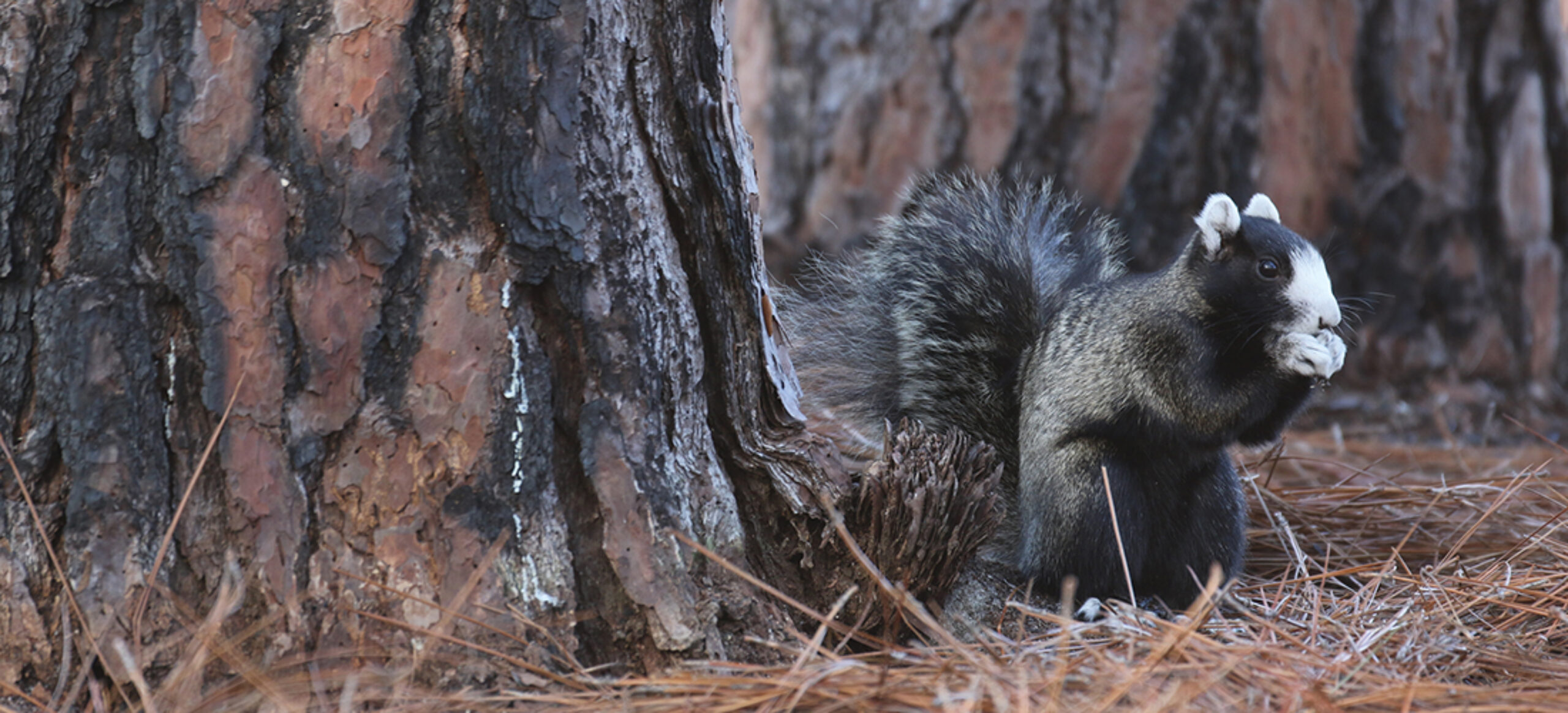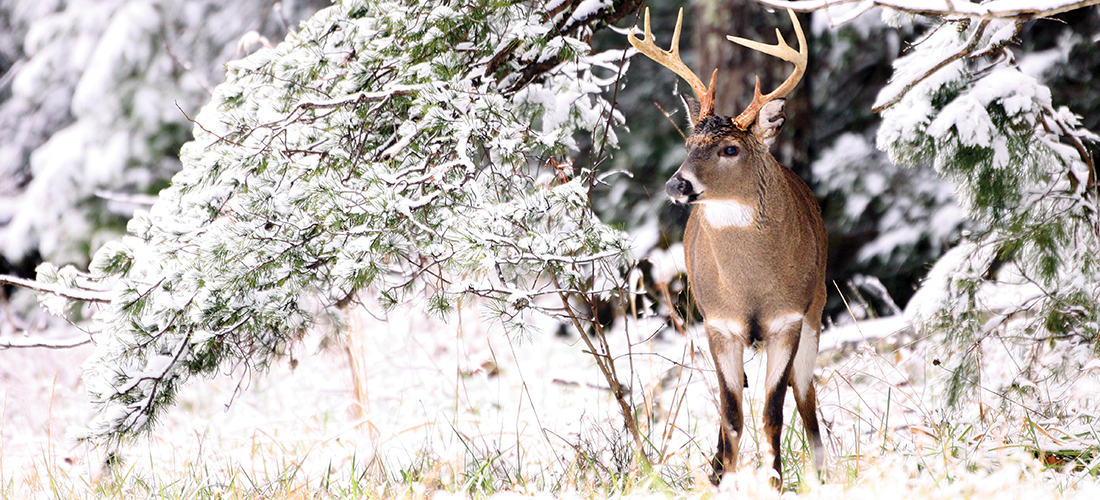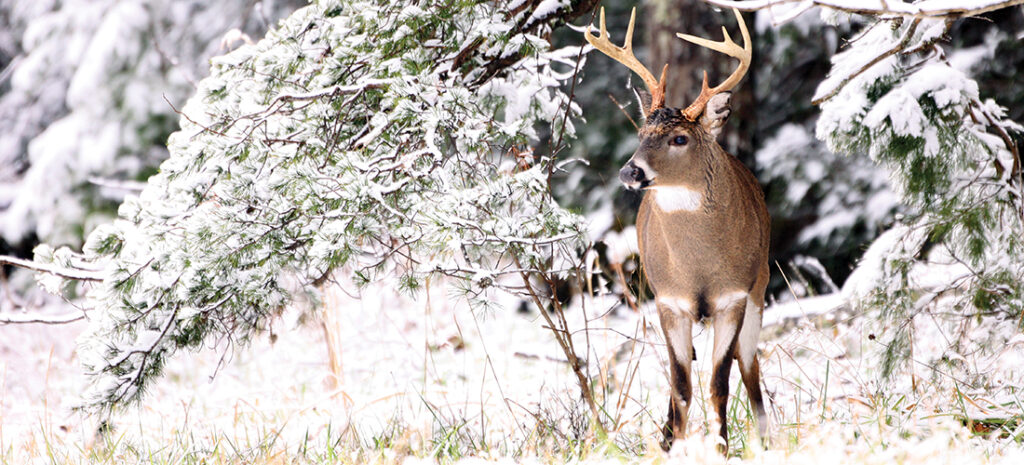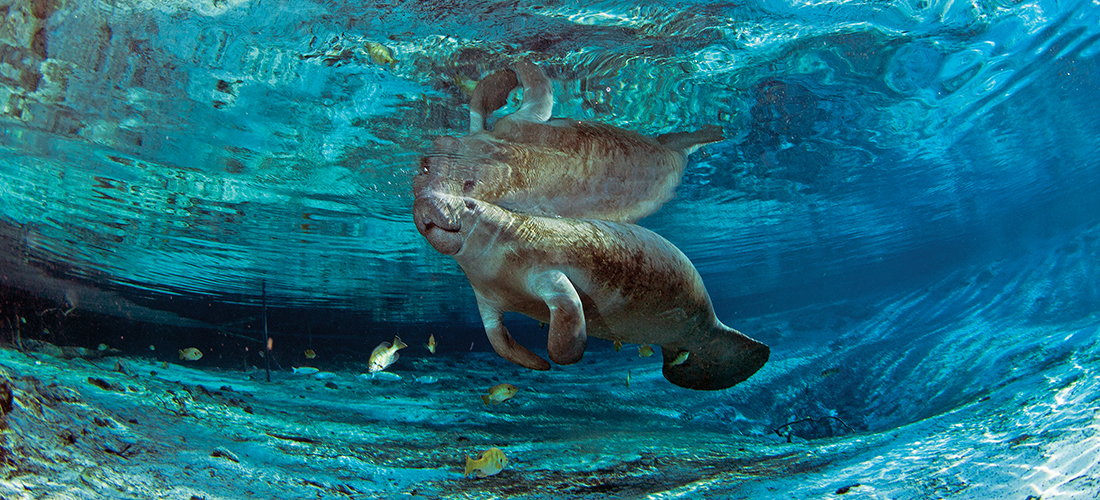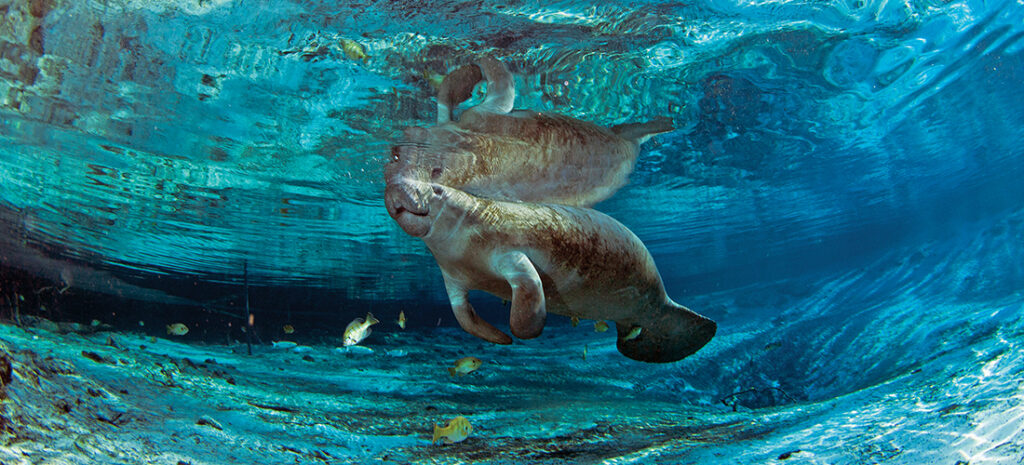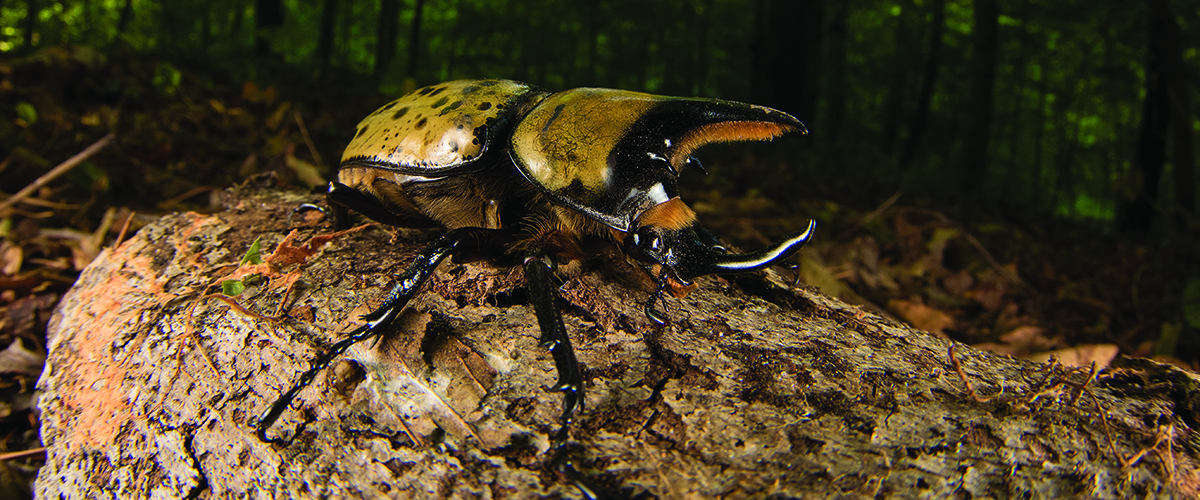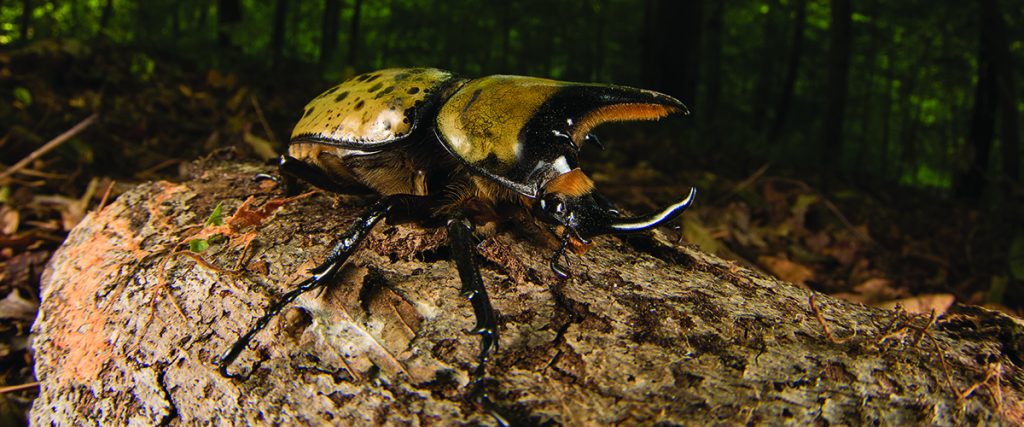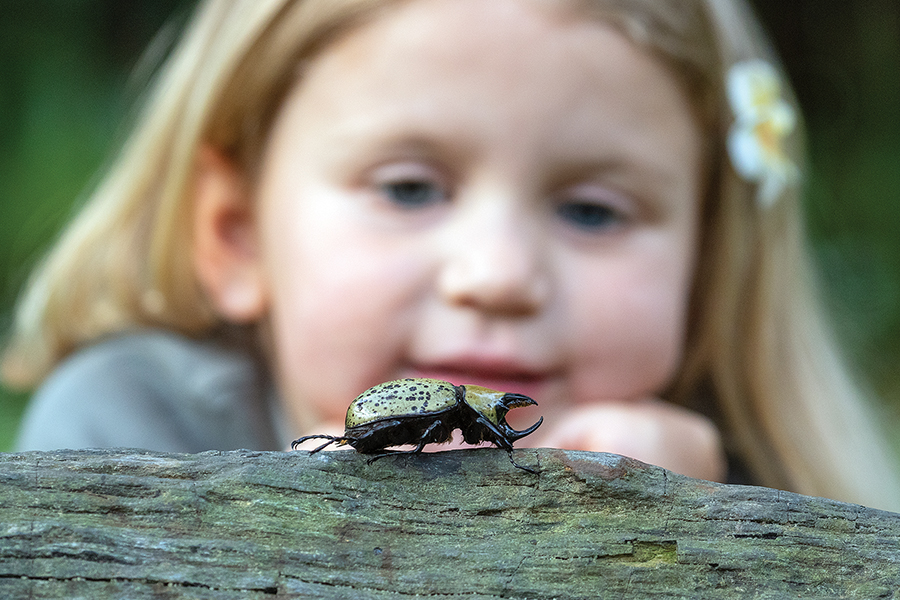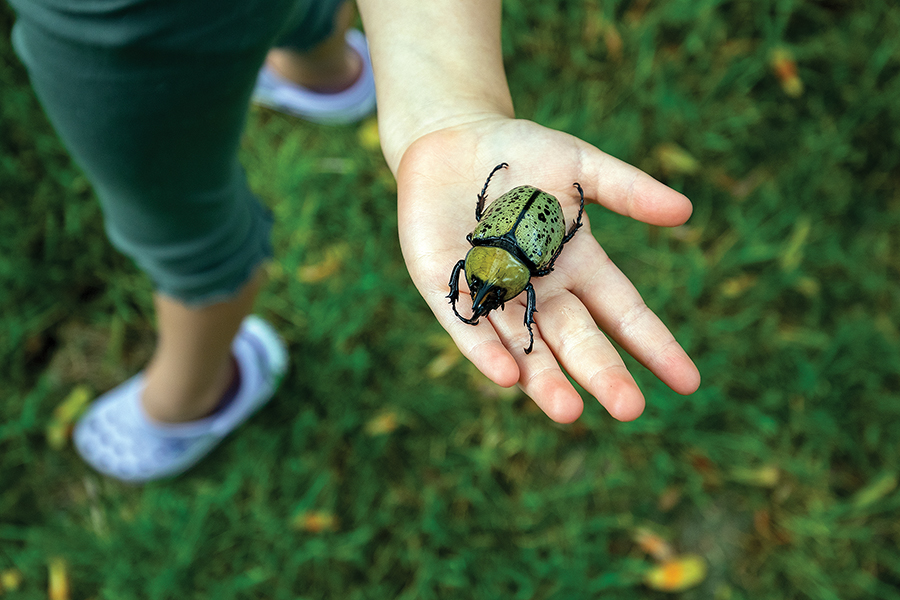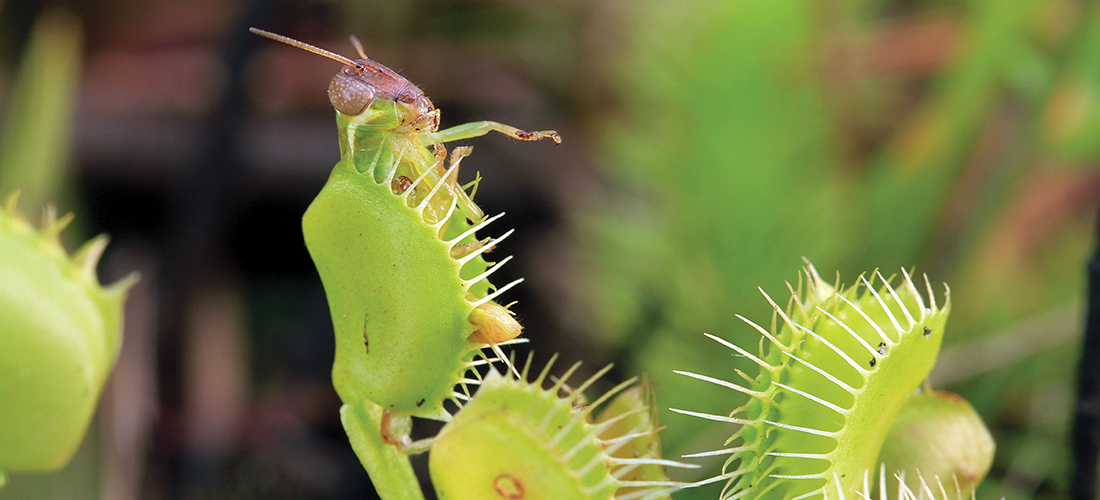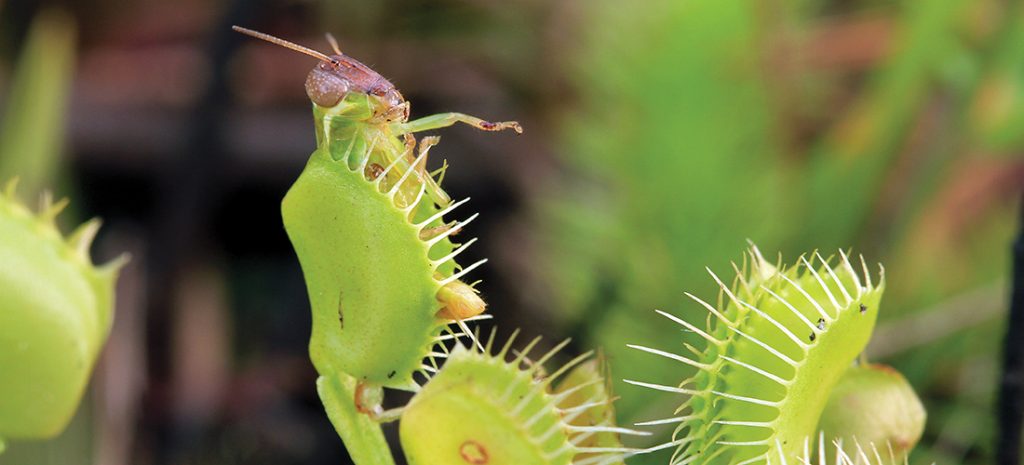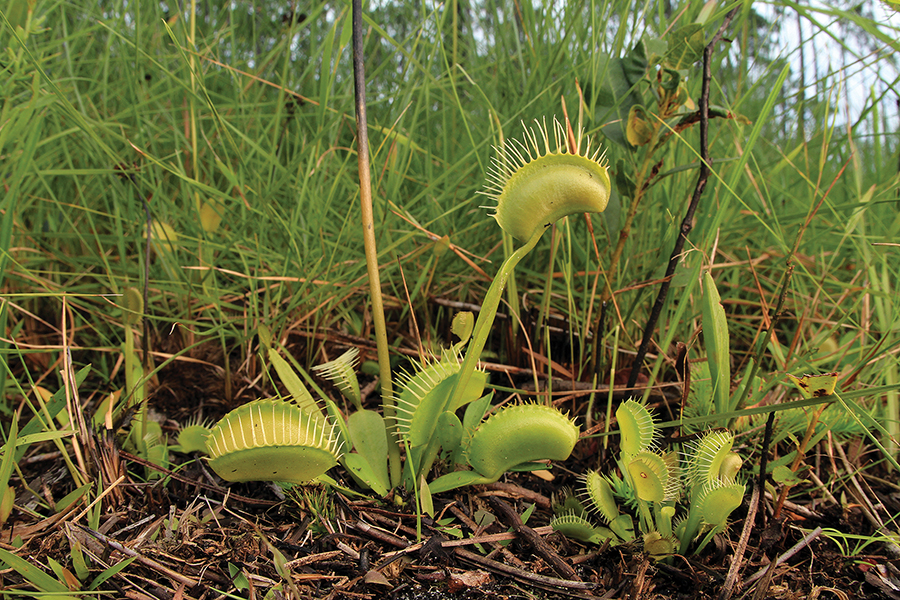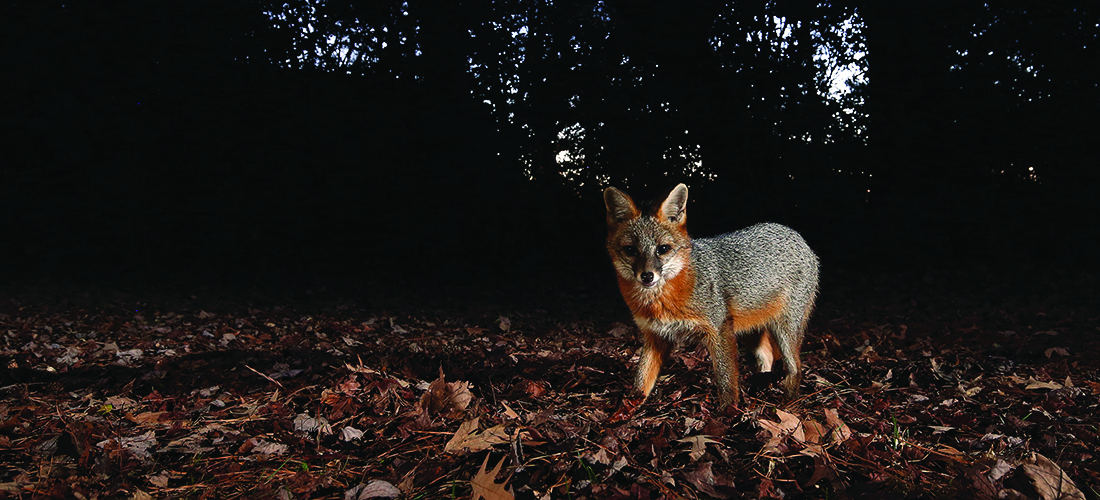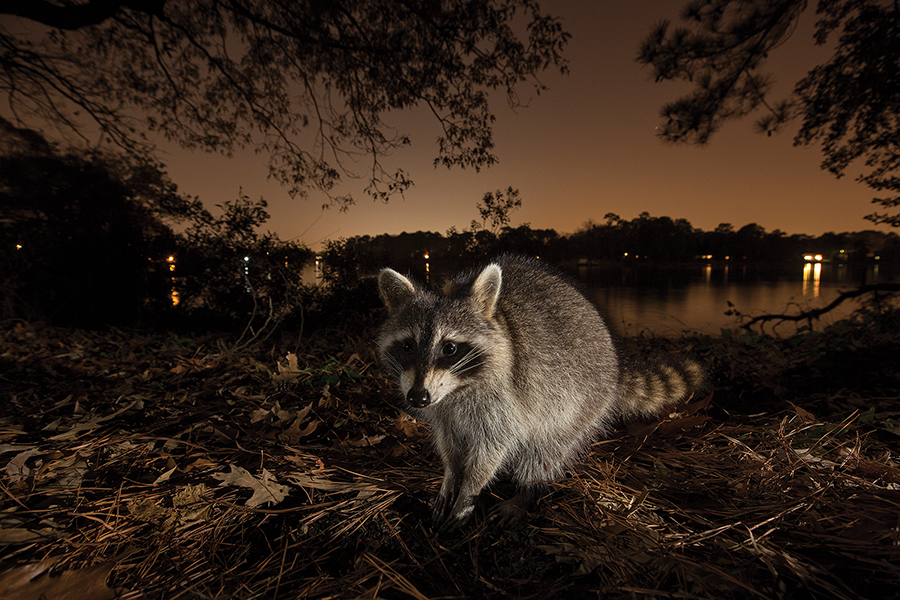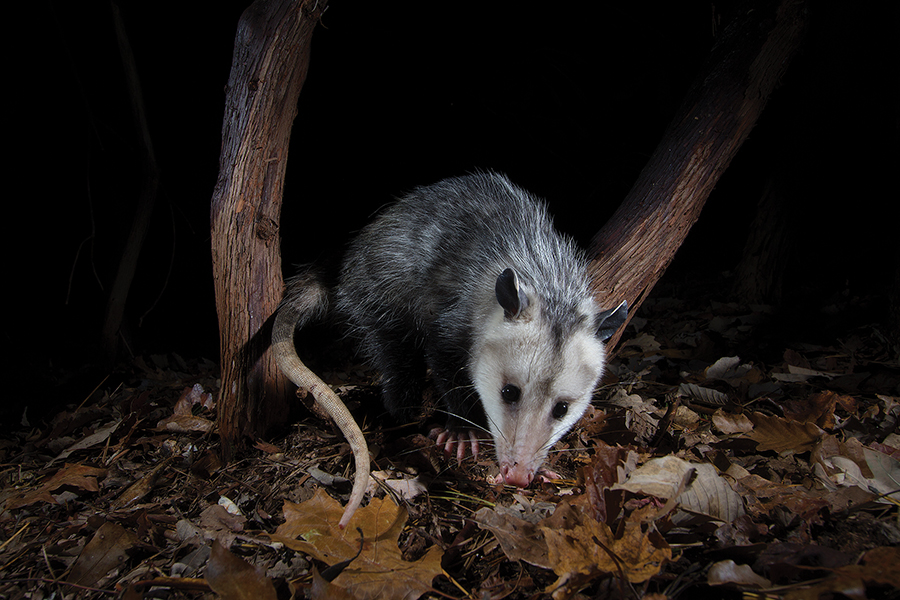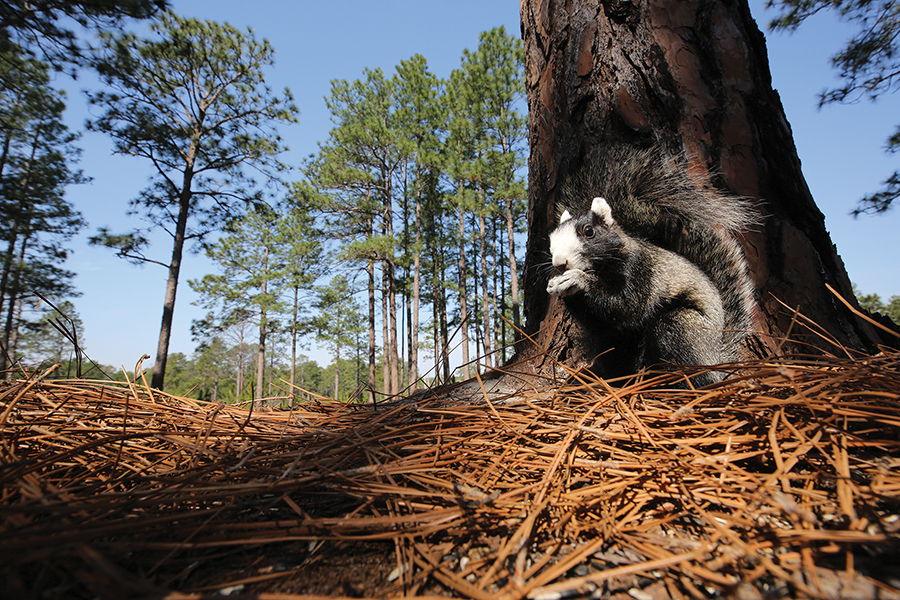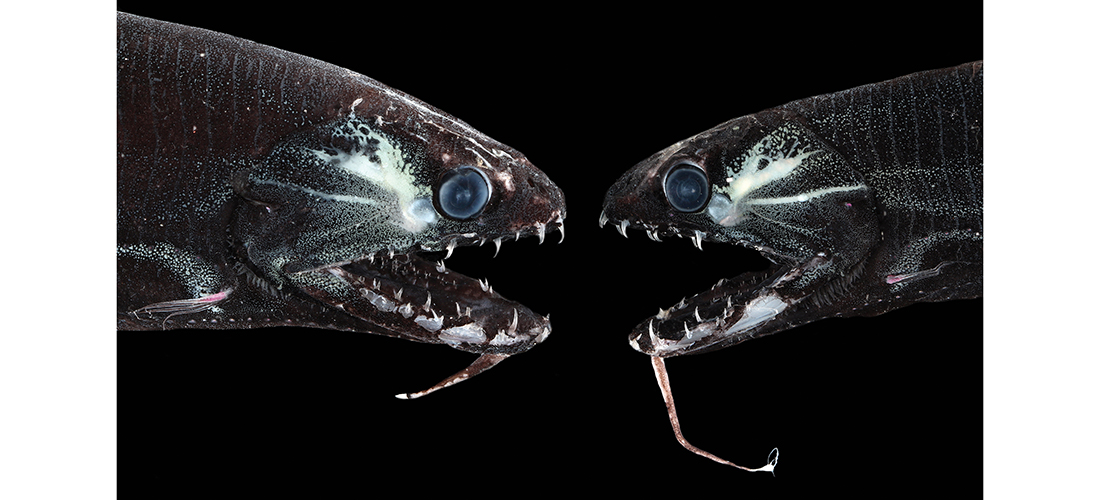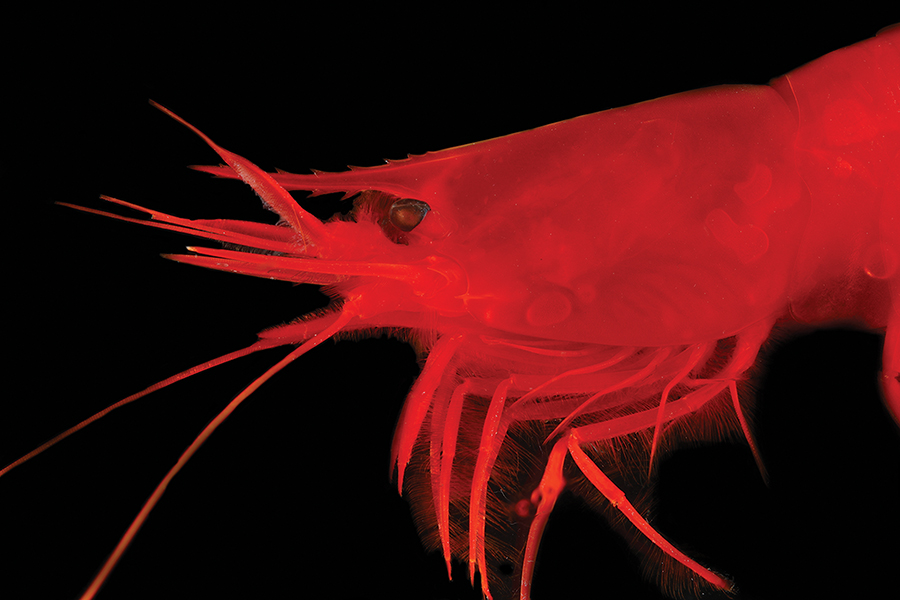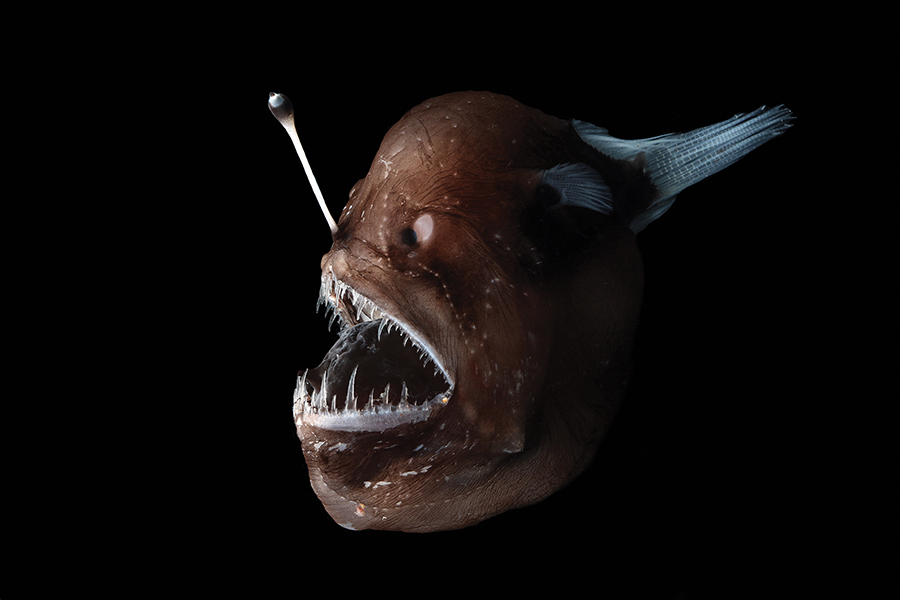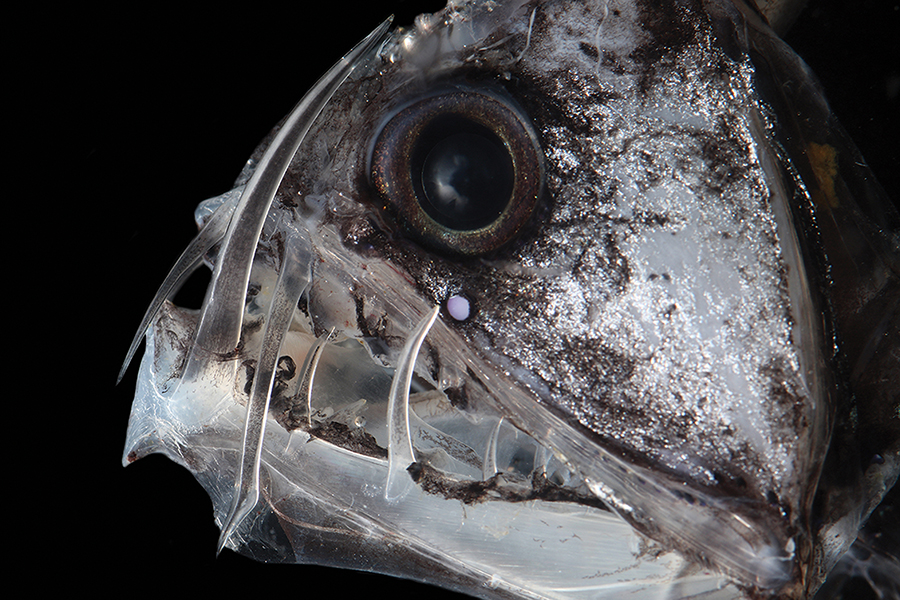Naturalist
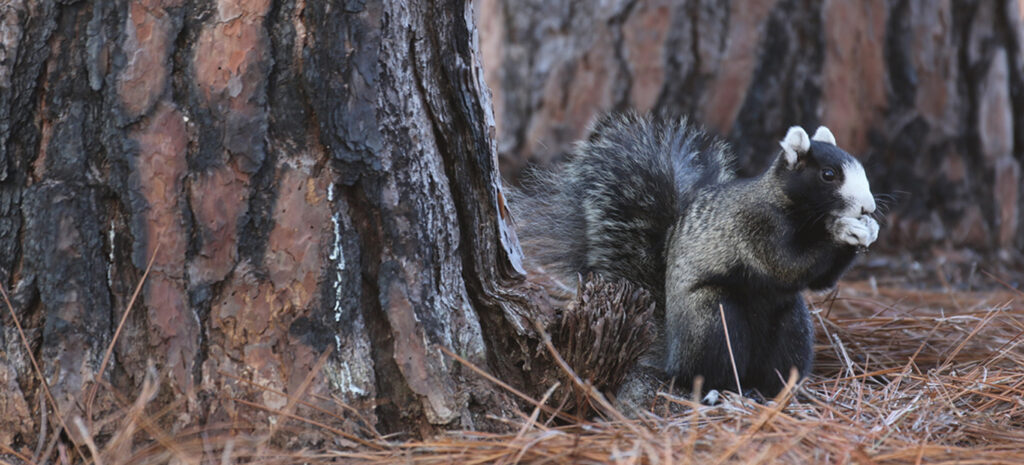
Spring in the Pines
A place where wonders abound
Story and Photographs by Todd Pusser
A longleaf pine forest on a warm spring day is a magical place.
Bright sunlight dances across clumps of wiregrass, setting the forest floor ablaze with golden hues. The sweet, trilling whistles of a Bachman’s sparrow carry across warm southerly breezes heavy with the scent of pine. Red-cockaded woodpeckers flit from tree to tree, searching for grubs. The loud, harsh “keeer-r-r-r” of a soaring red-tailed hawk echoes from high above.
Wildflowers bloom. Dwarf iris, cloaked in petals of vivid yellow and violet blue, provide wonder to those that look carefully. Patches of sandhill lupine, replete with hairy leaves and pale blue flowers, attract bees and rare butterflies. Pineland phlox add a splash of pink to soil blackened by a recent fire.
On sloping hills of sand, underlain with moisture-retaining clay soil, yellow pitcher plants stretch up toward a Carolina blue sky. Looking like something straight out of a James Cameron movie, pitcher plants are the most spectacular floral wonders of the Sandhills. Standing 4 feet tall, their modified trumpet-shaped leaves hint at an extraordinary lifestyle. The pitchers are carnivores. Releasing a scent of sweet-smelling nectar, a pitcher plant lures insects from near and far to its cavernous maw. As insects crawl down the pitcher’s funnel, fine hairs trap them inside. The insects eventually fall into a pool of rainwater that has accumulated deep inside. There, digestive enzymes slowly break the insects down, providing life-sustaining nutrients to the pitcher plant.
At the base of a longleaf pine, a fox squirrel, the size of a house cat, stands at attention — its white paws and ears contrasting sharply with a fur coat the color of midnight. When it comes to ripping open green longleaf pine cones to reach the nutrient-rich seeds inside, size matters. As the largest tree squirrel in North America, fox squirrels are the only ones capable of that feat.
Left: Longleaf Scenic Sandhills Gamelands
Middle: Pine Barrens Treefrog at Sunset
Right: Dwarf Iris
Next to a fallen tree, beneath a clump of wiregrass, a northern pine snake lies quietly coiled. As beautiful as it is rare, the powerful, non-venomous constrictor is among the state’s largest snakes. Feeding on abundant small mammals, the black and white serpent spends as much time underground as it does above.
Among the rolling hills of sand, a patchwork of shallow, blackwater streams meanders across the landscape. Beneath water stained the color of strong tea, unique and endemic fish swim. Colorful pinewoods darters, just 3 inches long, hunt the shallows for aquatic insect larvae. A male sandhills chub excavates a nest in the sandy substrate in hopes of enticing a female to deposit her eggs. Where currents have deposited piles of leaves along the bottom, Sandhills spiny crayfish lurk.
As dusk approaches, in dense tangles of vegetation bordering the streams, the calls of pine barrens tree frogs resonate. Red bats take to the air to hunt moths while the incessant calls of a chuck-will’s-widow echo through the pines.
Indeed, a longleaf pine forest is a repository of biodiversity. Unfortunately, intact, healthy longleaf pine forests are just as rare as many of the animals that call them home.
At the time of European colonization of the North American continent, majestic longleaf pine forests stretched nearly unbroken from Norfolk, Virginia, to Florida and all along the Gulf Coast to East Texas — an estimated 90 million acres in total. Today, less than 3 percent remains, most of which are just scattered trees. The vast forests have been converted to agricultural fields, housing developments and strip malls. The longleaf pine forest is among the continent’s most threatened ecosystems.
Left: Lupine and Sunburst
Middle: Yellow Pitcher Plants
Right: Fox Squirrel
Fortunately, in the North Carolina Sandhills, there still are a few places where it is possible to see a healthy, functioning longleaf pine forest. Weymouth Woods Nature Preserve, as well as the nearby Calloway Forest Preserve, provide opportunities to explore and hike among mature longleaf. The entirety of the world’s largest military base, Fort Liberty, is longleaf pine forest — as is the 63,000-acre Sandhills Gamelands, managed by the North Carolina Wildlife Resources Commission. These tracts of land are precious, and should be enjoyed and celebrated at every opportunity.
To step into a healthy longleaf pine forest on a warm spring day is like stepping back in time, where nature is alive and thriving, unencumbered by the excesses of humanity.
Birds sing. Flowers bloom. A warm wind blows. And fox squirrels play. PS
Naturalist and photographer Todd Pusser grew up in Eagle Springs. He works to document the extraordinary diversity of life both near and far. His images can be found at www.ToddPusser.com.

